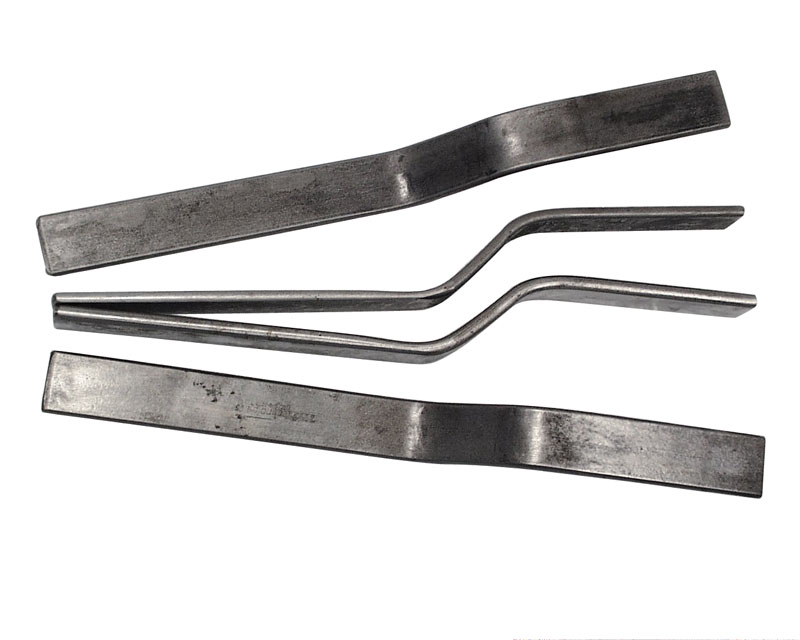"Track Continuity Problems"
Hello: Jameston
You stated that you have over 300 of Lionel Fastrack (036) gauge tracks.
The (x2) outside rails of the track, each have (x1) long pin connection.
The (x1) center rail of track, has (x2) very short wiper plates.
Lionel Fastrack (036)
There are many different replies and options in this posting, concerning electrical track shortages.
It seems that the (x1) center rail of the track, that has (x2) very short pin connections,
is the biggest problem.
There are many replies stating to add many track feeders.
They are all (100%) correct.
The only way to get (100%) electrical conductivity to each track section,
is to add track feeders to each individual track section.
Of course that is totally "Not" feasible.
In a supplied video from Ricko,
it shows how to bend the (x2) very short wiper plates on the (x1) center rail of track.
As shown in the video, the short wiper plates can be slightly moved
and act as a spring type of wiper.
For the wiper to act in this type of procedure,
the wiper is made from "Spring Steel" and "Heat Treated" to required "Tension".
The (x2) outside rails of the track, each have (x1) long pin,
connecting to (x2) contact surfaces to the adjoining track.
The (x1) center rail of track, has (x2) very short wiper plates,
connecting to only (x1) small contact surface to the adjoining track.
Questions:
- Do you want to improve track voltage quality of the center rail ?
- Do you want to reduce metal oxidation at the center rail (x2) very short wiper plates ?
Metal Oxidation:
Most metals are oxidized by the oxygen in air.
This process is called corrosion.
Electrons leap from the metal to the oxygen molecules.
The negative oxygen ions which are thus formed penetrate into the metal,
causing the growth of an oxide surface.
"How To Improve Track Continuity"
Add "Electrical Contact" --> "Conductive Grease". (Not Oil).
- Has no contact voltage resistance
- Fills in all microscopic peaks and valleys on the wiper plates
- Protects the metal from oxidation
"Conductive Electrical Grease"
- There are many different manufactures
- Only use a high quality standard product
[ED-RRR]......









